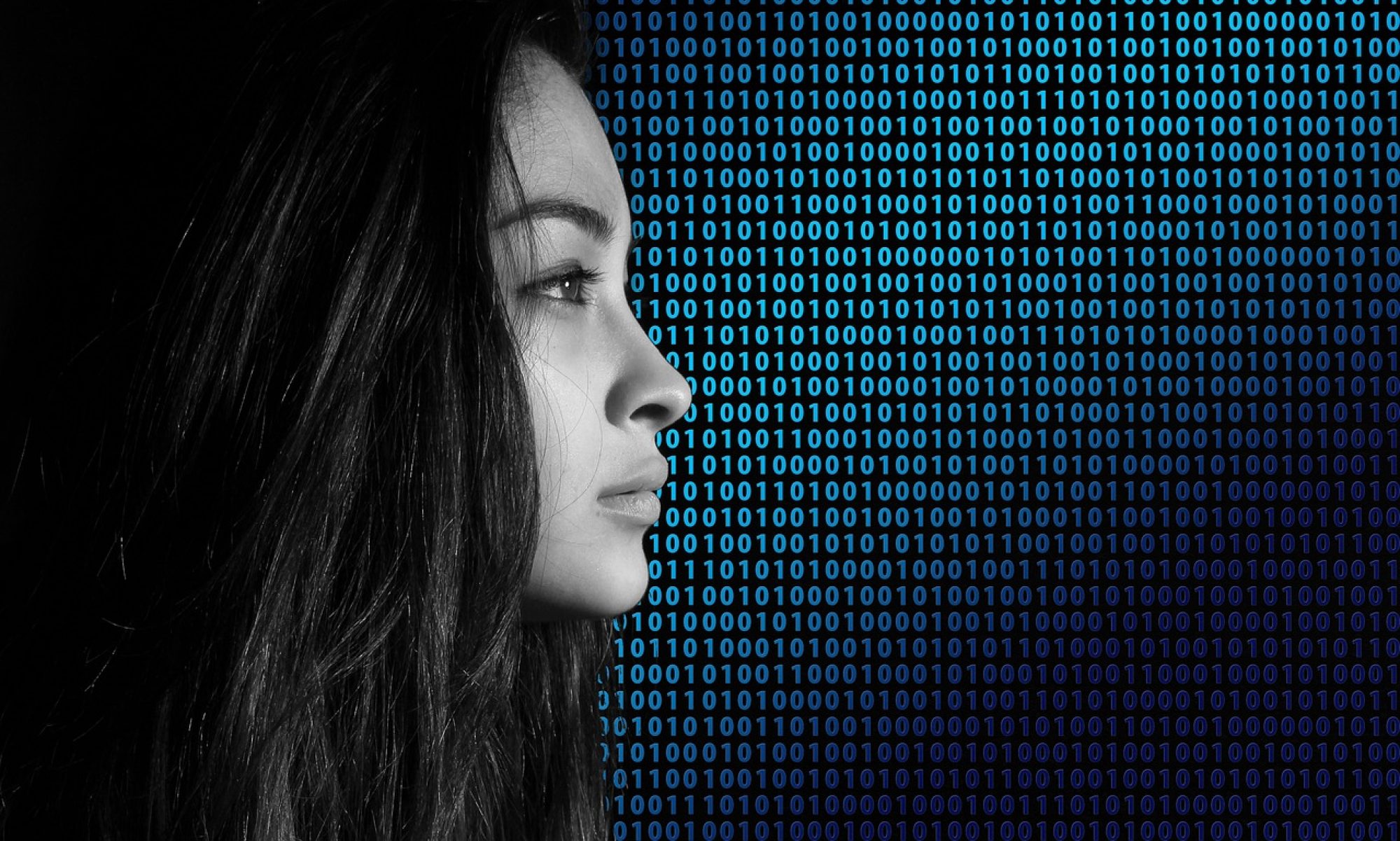Tl;dr: Here is an API for measuring skin/muscle movement in key areas. Share this with your technical team so that they can integrate it with your website/mobile app or electronic medical record systems.
As we age, our skin loses elasticity and collagen, which are essential components that keep the skin firm and smooth. As a result, repeated facial movements, such as squinting, frowning, and smiling, can cause wrinkles and lines to form on the skin’s surface. These wrinkles and lines are most commonly found around the eyes (crow’s feet), forehead and frown lines. They are often referred to as dynamic wrinkles, as they are caused by the repeated movement of facial muscles.
A smile, particularly one that involves the muscles around the eyes (also known as crow’s feet), can create creases and wrinkles on the sides of the eyes. This is because smiling causes the skin to bunch up around the eyes, eventually leading to the development of fine lines and wrinkles over time. Raising eyebrows can create horizontal lines on the forehead, which can deepen with repeated use of this expression. This is because raising the eyebrows involves the use of the frontalis muscle, which pulls the skin upwards and creates the appearance of horizontal lines. Frowning, on the other hand, can create vertical lines or furrows between the eyebrows. This is because frowning involves the use of the corrugator muscles, which pull the eyebrows downwards and create the appearance of vertical lines between the eyebrows.
Botulinum toxin injection, commonly known as Botox, is a medical treatment that involves injecting a small amount of botulinum toxin into specific facial muscles. This toxin works by temporarily paralyzing the muscles, which can reduce the appearance of wrinkles and lines caused by facial movement. Botox is commonly used to treat dynamic wrinkles, such as frown lines between the eyebrows, forehead wrinkles, and crow’s feet around the eyes. It is a popular cosmetic procedure because it can provide quick results with minimal downtime. However, it is important to note that Botox is a temporary solution and the effects typically last for three to six months. Additionally, there are potential risks and side effects associated with the procedure, such as bruising, swelling, and muscle weakness.
If you are considering Botox, it is important to consult with a qualified and experienced medical professional who can evaluate your individual needs and help you make an informed decision about whether the treatment is right for you.
Instructions
This API can measure the distance between key points around your eyes, forehead and frown area.
First, submit a picture to get the baseline values. Then submit pictures with a smile (crow’s feet), raised eyebrows (forehead) and frown. If there is a noticeable movement of the skin, the corresponding values will decrease. For eyes (crow’s feet) and forehead, a decrease of more than 2-3 units is substantial, while a decrease of 1-2 units is a significant frown.
This may be useful for assessing the requirement of BOTOX and grading the effect. The estimate is approximate and this is useful only for cosmetic purposes.

Image requirements:
Submit an close-up image facing the camera straight on with neutral lighting. Try it out a few times to get it right. Visit RapidAPI for instructions.
Output
Output includes the distance between facial key points.
{"left_eye": 26.399, "right_eye": 24.617, "left_forehead": 28.811, "right_forehead": 28.152, "frown": 30.727}
